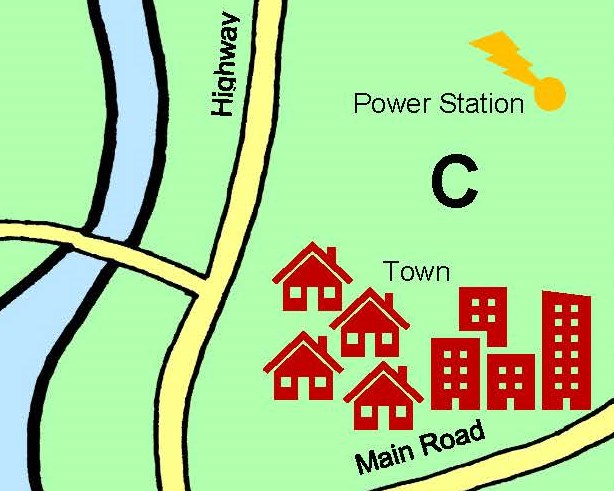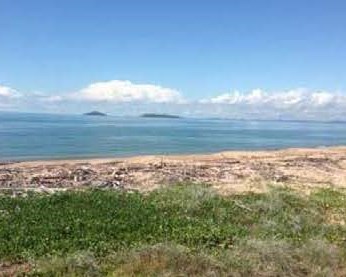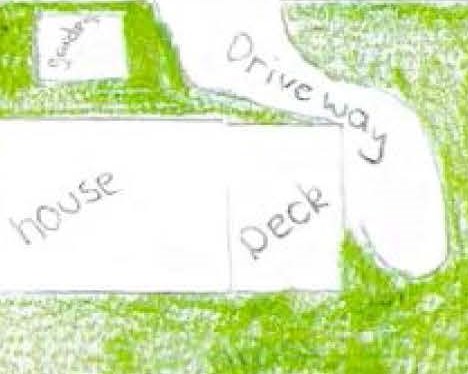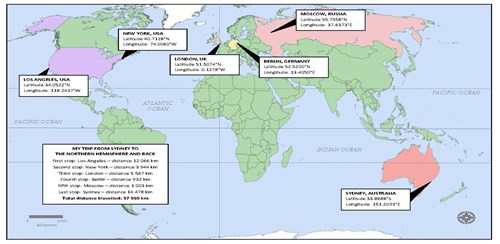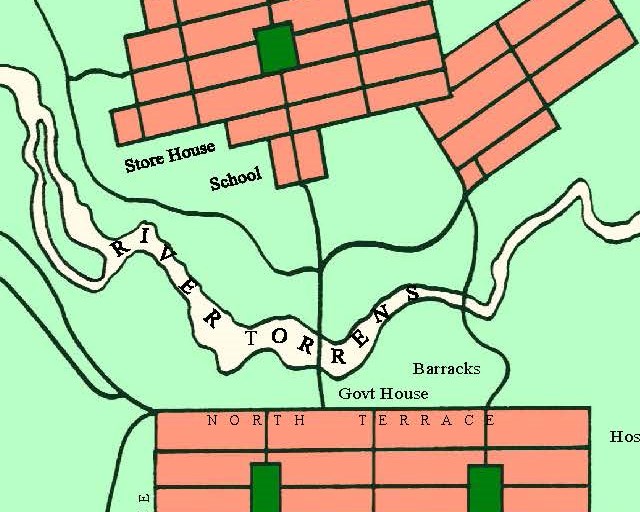Hotel proposal
Summary of task
Students adopted the persona of a project manager asked to make a recommendation about the location of a new hotel. They were provided with a map containing three different sites along with a list of requirements for consideration: road access, water and power supplies, terrain, tourist amenities, proximity to residential areas, and shelter from prevailing winds and weather. Students then completed a comparison of the positive and negative features of each site and presented a recommendation based on the analysis of these features and made suggestions to resolve any issues. They presented their work on a teacher-provided template. This task took place at the end of a unit examining the relationship between natural and built environments and was completed in class over three 50-minute lessons.
Achievement standard
By the end of Year 5, students describe the location of selected countries in relative terms. They explain the characteristics of places in different locations at local to national scales. They identify and describe the interconnections between people and the human and environmental characteristics of places, and between components of environments. They identify the effects of these interconnections on the characteristics of places and environments. They identify and describe different possible responses to a geographical challenge.
Students develop appropriate geographical questions for an investigation. They locate, collect and organise data and information from a range of sources to answer inquiry questions. They represent data and the location of places and their characteristics in graphic forms, including large-scale and small-scale maps that use the cartographic conventions of border, scale, legend, title and north point. They describe the location of places and their characteristics using compass direction and distance. Students interpret maps, geographical data and other information to identify and describe spatial distributions, simple patterns and trends, and suggest conclusions. They present findings and ideas using geographical terminology in a range of communication forms. They propose action in response to a geographical challenge and identify the possible effects of their proposed action.


